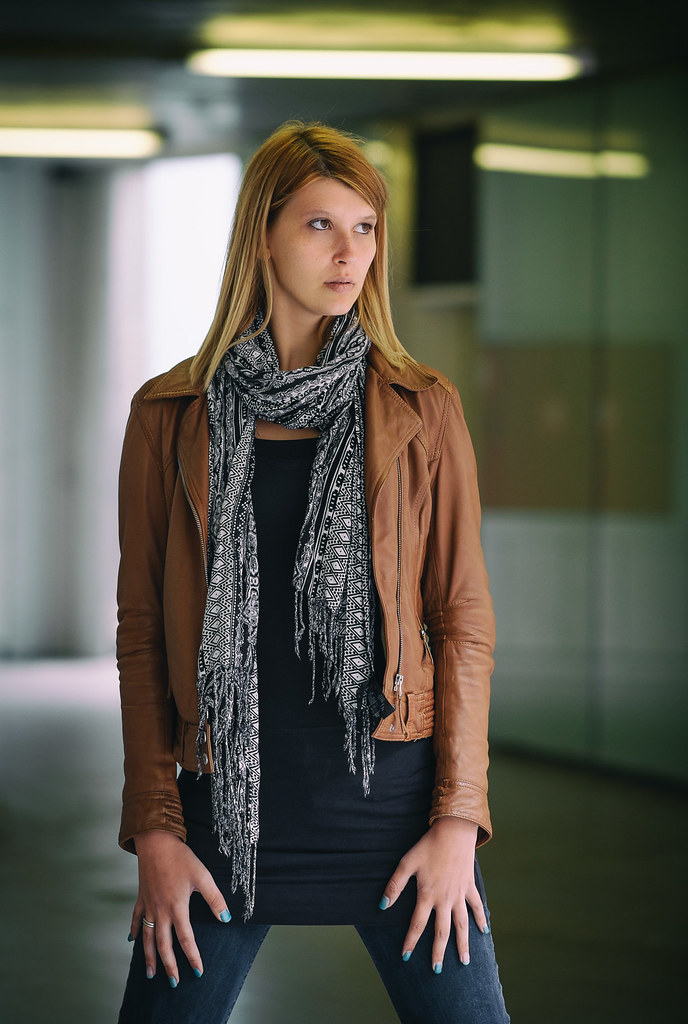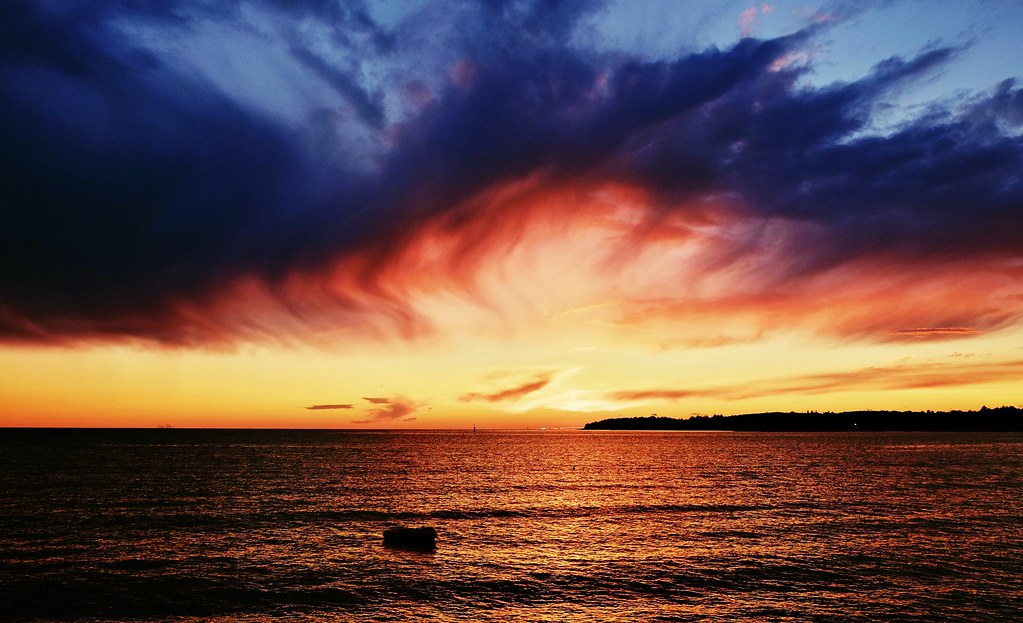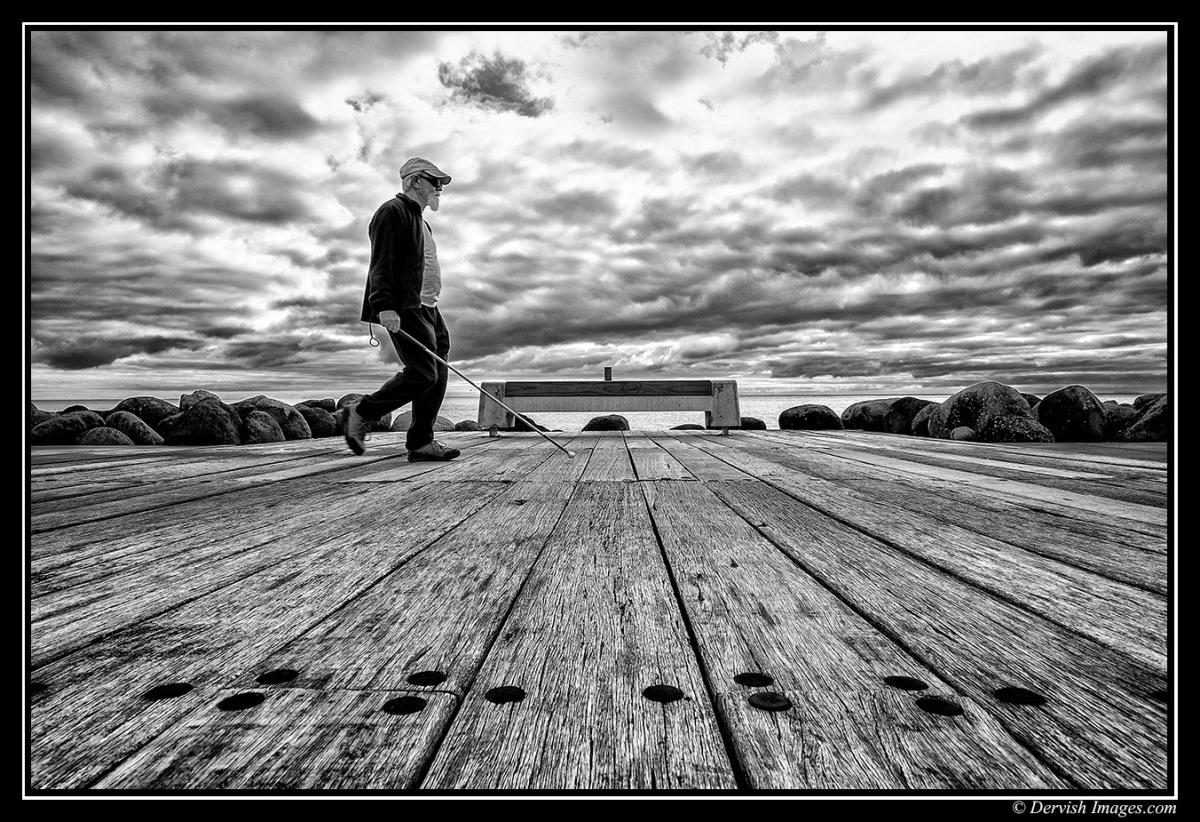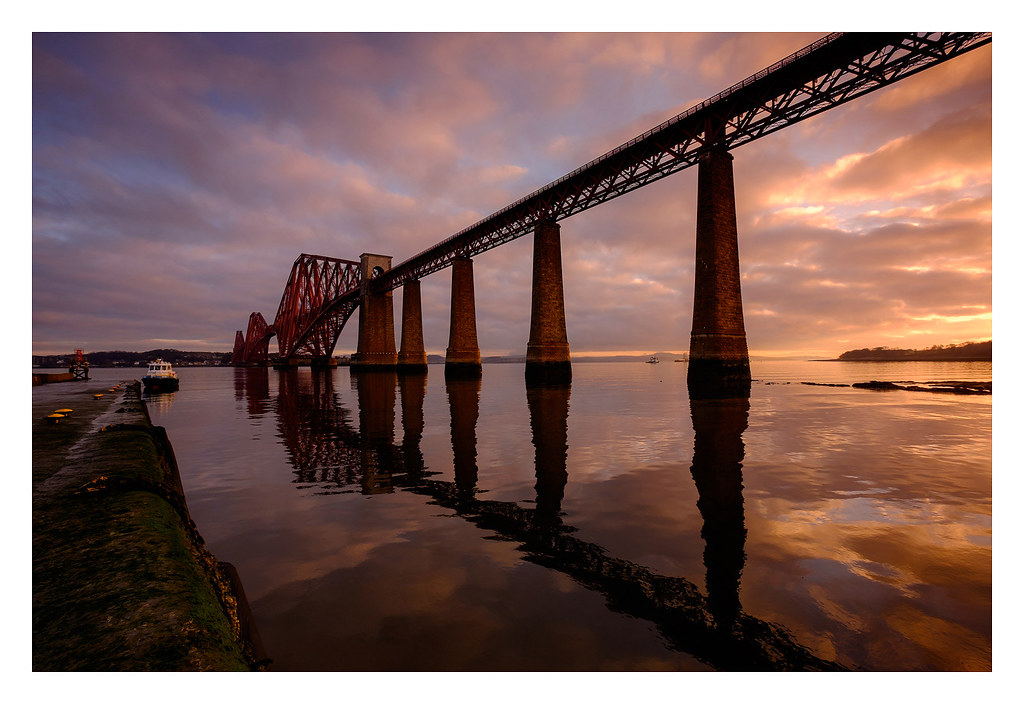XF 90mmF2: “If an amateur like me can make these photos with this lens, imagine what a skilled photographer can do!”
image credit: PhilippeVdp: “Just look how sharp the lens markings are”
2 of the samples shared here at the FXF
_ _ _
FXF Member PhilippeVdp was lucky enough to get his hands on a XF 90mmF2 WR lens during a Fuji event at his local camera store.
Now, he calls himself an amateur photographer (“I’ve just registered myself for a portrait / streetphotography course to learn how to take decent photo“), and when the Fuji Guy asked him if he wanted to test the XF90mmF2, he was a bit nervous:
“I was so nervous in the beginning that I didn’t notice the iso 3200, exposure comp on +1… … but then I relaxed and tried city portraits. […] and after using it for 2 hours or so … I was sold and ordered one“.
He shared his story and three samples over at our New Fuji X Forum, and at the end he said:
“I’m really an amateur […] but if these are the kind of photos I can make with that lens, just wonder what a skilled photographer can do with it!”
…
And now repeat with me: “I… don’t… need … this…. lens… must…. resist“!
Beware: to avoid GAS, you should NOT read (and see) Rico’s XF90mm First Look. For the X-T10 First Look click here.
XF 90mmF2 WR:
USA: AmazonUS / BHphoto / Adorama EUROPE: AmazonDE / AmazonUK / AmazonFR / WexUK / PCHstore / AUS: Camerapro
About the XF90mm release: according to AmazonUS, the XF 90mmF2 WR will be released on July 11. There was a bit of confusion caused by AmazonUK, who said here, that they expected the XF 90mm to be released on June 18th. Well, they corrected it now to July 27… so it’s still a very long wait.




















